My name is Isaac Meyer, and I’m a former PhD student at the University of Washington, specializing in modern Japan (with sub-specializations in modern China, modern Europe, and international relations). Today, I work as a teacher at an independent school in the Seattle area.
I also have a tendency to go off on random historical tangents. One day, I decided to combine these two traits in podcast form, and thus was born the History of Japan Podcast!
In 2018, I decided start the Criminal Records Podcast with my wife, Demetria Spinrad. This podcast gives me the chance to talk about world history–and the weird, wonderful world of historical crime and punishment.
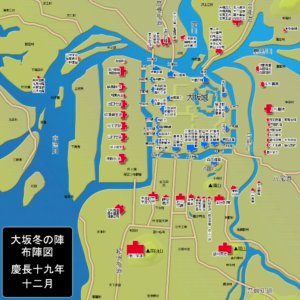
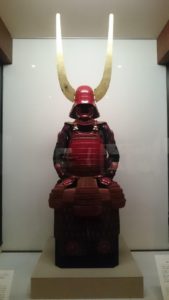

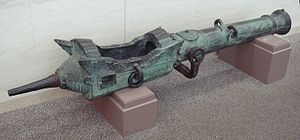
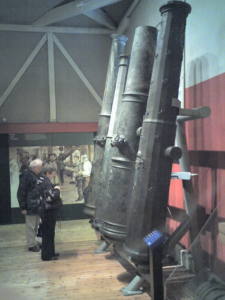

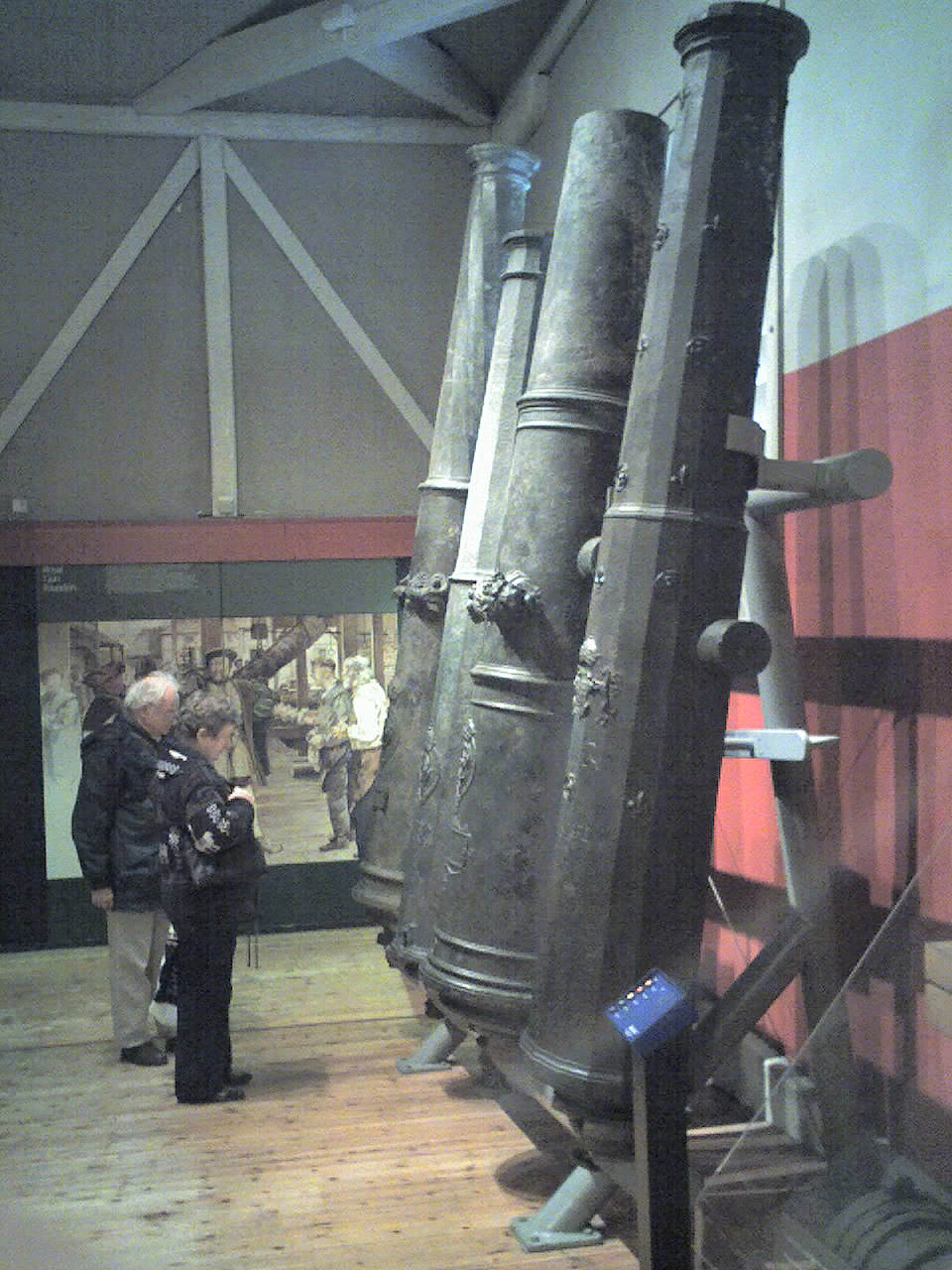
So, what happened to all the firearms during the Edo period? Were people required to surrender them? If so to whom and what did the Bakufu do with them? Were a lot of firearms present in Japan around the time of Commodore Perry?
So, I’d planned to cover this but ran out of time and decided not to add another episode on it just yet. Short answer: yes, firearms stuck around. Commoners couldn’t own them, but samurai continued to train with them and they remained on the “syllabus” of samurai education in the Edo period. However, newer models weren’t imported; in 1850, Japan was still using arquebus designs from the 1500s. During the Tokugawa peace, there was no need to keep up with the latest innovations in weapons technology, and so Japan fell pretty far behind in this regard.